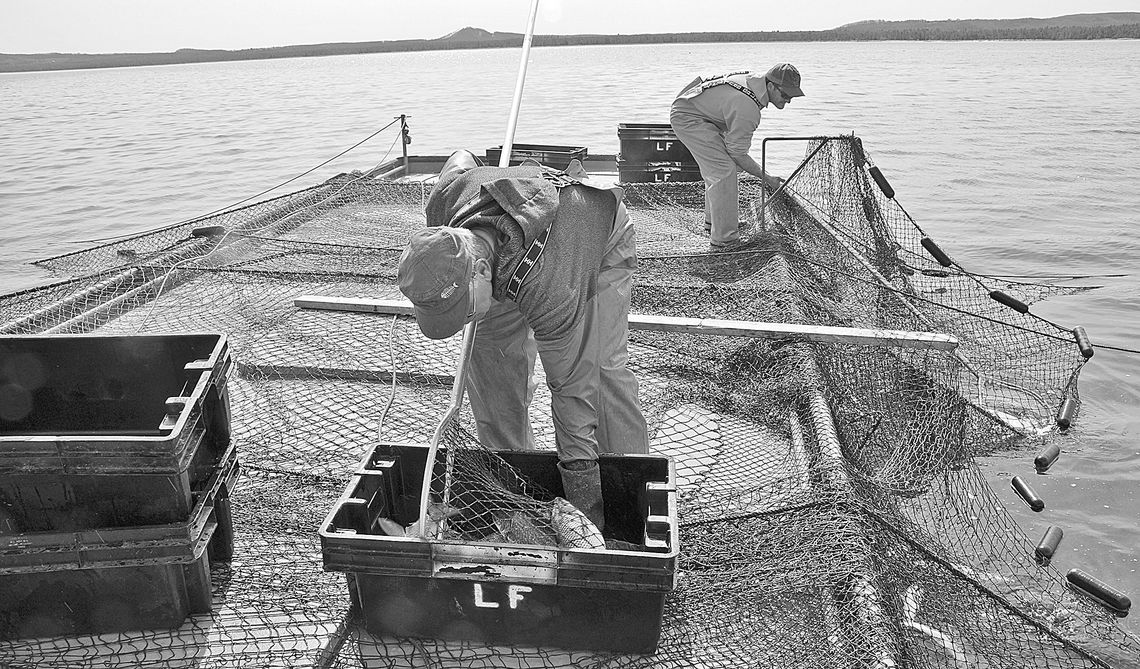Editor’s note: The following story was reprinted with permission from Okemos author Laurie Kay Sommers and the Fishtown Preservation Society. It was taken from chapter 8 of Sommers’ book “Fishtown: Leland, Michigan’s Historic Fishery.” The chapter is about the Brotherhood of the Lake.
From the Manitou Islands to Grand Traverse Bay, lake work takes place within a vast underwater geography of fishing banks, each with their own name and characteristics. Folklorist Michael Chiarappa noted the importance of these “customary locations or home waters,” which for multiple generations have linked Fishtown’s traditional fishing territories to fish tugs and shoreside facilities. These are the banks that local fishermen knew — and still know — like the back of their hand.
In years past, boats freely roamed Lake Michigan following the fish. Since the 1960s, however, the Michigan Department of Natural Resources has assigned fishing licenses to particular zones of the lake to prevent overfishing, and the catch is limited to a quota per license. Some historic fishing grounds are now off limits, either by quota, Indian fishing rights rulings, or the establishment of special trout sanctuaries, such a those between the Fox Islands.









